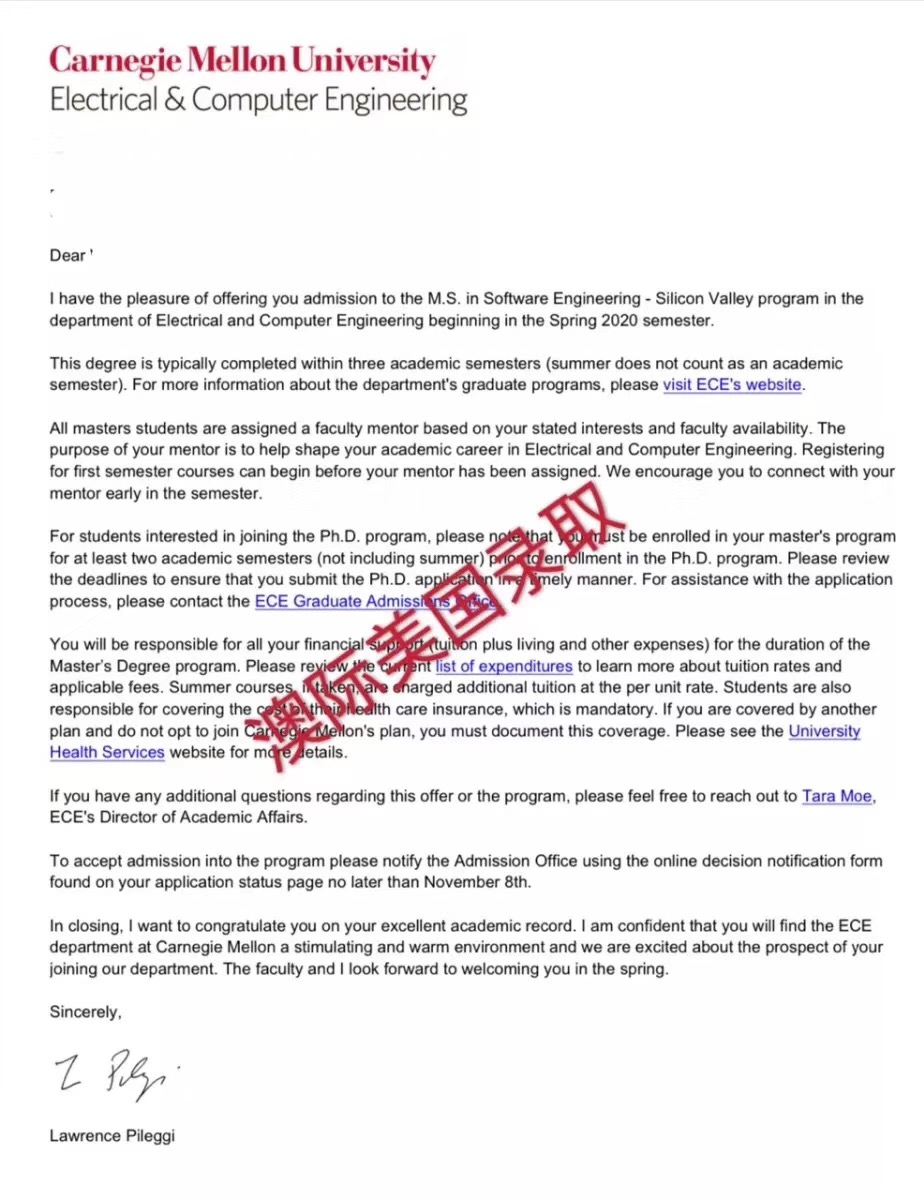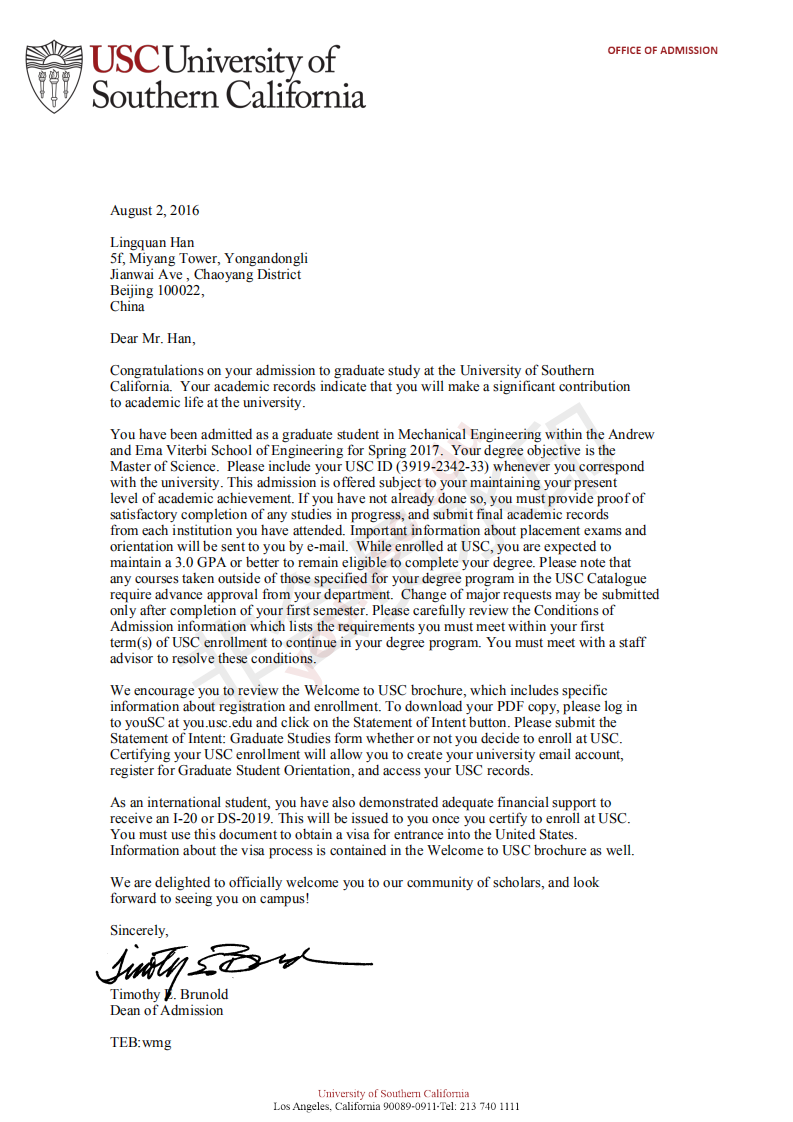SAT2美国历史词汇表:B.
2017-08-06 404阅读
大家一定要掌握关于SAT2美国历史的一些词汇,下面澳际小编为大家介绍以字母B开头的SAT2美国历史词汇表整理,词汇中涉及到了重要的历史事件、历史时期以及人物,非常全面,大家在复习SAT2美国历史时可以进行参考。
B
Baby boom
Nickname for the 1950s, when economic prosperity caused U.S. population to swell from 150 million to 180 million.
Bacon’s Rebellion
In 1676, Nathaniel Bacon, a Virginia planter, accused the royal governor of failing to provide poorer farmers protection from raiding tribes. In response, Bacon led 300 settlers in a war against local Native Americans, and then burned and looted Jamestown. The rebellion highlighted the increasing rift between rich and poor in the Chesapeake region.
Bank of the United States
Chartered in 1791, the bank was a controversial part of Alexander Hamilton’s Federalist economic program.
Bank veto
Andrew Jackson’s 1832 veto of the proposed charter renewal for the Second Bank of the United States. The veto marked the beginning of Jackson’s five-year battle against the national bank.
Battle of Antietam
Fought in Maryland on September 17, 1863. Considered the single bloodiest day of the Civil War, casualties totalled more than 8,000 dead and 18,000 wounded. Although Union forces failed to deat Lee and the Confederates, they did halt the Confederate advance through Northern soil.
Battle of Britain
Conducted during the summer and fall of 1940. In preparation for an amphibious assault, Germans lauched airstrikes on London. Hitler hoped the continuous bombing would destroy British industry and sap morale, but the British successfully avoided a German invasion.
Battle of the Bulge
The final German offensive in Western Europe, lasting from December 16, 1944, to January 16, 1945. Hitler amassed his last reserves against Allied troops in France. Germany made a substantial dent in the Allied front line, but the Allies recovered and repelled the Germans, clearing the way for a march toward Berlin.
Battle of Gettysburg
The largest battle of the Civil War. Widely considered to be the war’s turning point, the battle marked the Union’s first major victory in the East. The three-day campaign, from July 1 to 4, 1863, resulted in an unprecedented 51,000 total casualties.
Battle of Tippecanoe
Led by future president William Henry Harrison, U.S. forces deated Shawnee forces in the Battle of Tippecanoe in 1811. The U.S. victory lessened the Native American threat in Ohio and Indiana.
Bay of Pigs Invasion
A failed attempt by U.S.-backed Cuban exiles to invade Cuba and overthrow Fidel Castro’s communist government in April 1961.
The Beats
Nonconformist writers such as Allan Ginsberg, the author of Howl (1956), and Jack Kerouac, who penned On the Road (1957). The Beats rejected uniform middle-class culture and sought to overturn the sexual and social conservatism of the period.
Berlin Blockade
In June 1948, the Soviets attempted to cut off Western access to Berlin by blockading all road and rail routes to the city. In response, the U.S. airlifted supplies to the city, a campaign known as “Operation Vittles.” The blockade lasted until May 1949.
Berlin Wall
Constructed by the USSR and completed in August 1961 to prevent East Berliners from fleeing to West Berlin. The wall cemented the political split of Berlin between the communist and authoritian East and the capitalist and democratic West. The Berlin wall was torn down on November 9, 1989, setting the stage for the reunification of Germany and signifying the end of the Cold War.
Big stick diplomacy
Theodore Roosevelt’s foreign policy summed up his aggressive stance toward international affairs with the phrase, “Speak softly and carry a big stick.” Under this doctrine, the U.S. declared its domination over Latin America and built the Panama Canal.
Bill of Rights
The first ten amendments of the Constitution, which guarantee the civil rights of American citizens. The Bill of Rights was drafted by anti-federalists, including James Madison, to protect individuals from the tyranny they felt the Constitution might permit.
Black codes
Granted freedmen a few basic rights but also enforced heavy civil restrictions based on race. The codes were enacted in Southern states under Andrew Johnson’s Reconstruction plan.
Black Panthers
Organized in 1966 in Oakland, California by Huey Newton and Bobby Seale. The Black Panthers stressed a black pride, economic self-sufficiency, and armed resistance to white oppression.
Black Power
Coined by Stokely Carmichael, and adopted by Malcom X, the Black Panthers, and other civil rights groups. The term embodied the fight against oppression and the value of ethnic heritage.
Black Thursday
The stock market crash of October 24, 1929. After a decade of great prosperity, on “Black Thursday” the market dropped in value by an astounding 9 percent, kicking off the Great Depression.
Bleeding Kansas
The popular name for the Kansas Territory in 1856 after abolitionist John Brown led a massacre at a pro-slavery camp, setting off waves of violence. Brown’s massacre was in protest to the recent establishment of Kansas as a slave state. Pro-slavery sympathizers had crossed into Kansas in order to vote illegally in the elections set up by the Kansas-Nebraska Act, resulting in the ousting of antislavery legislators.
Bootleggers
Smugglers of alcohol into the United States during the Prohibition Era (1920–1933), often from Canada or the West Indies.
Boston Massacre
In March 1770, a crowd of colonists protested against Boston customs agents and the Townsend Duties. Violence flared and five colonists were killed.
Boston Tea Party
A protest against the 1773 Tea Act, which allowed Britain to use the profits from selling tea to pay the salaries of royal governors. In December 1773, Samuel Adams gathered Boston residents and warned them of the consequences of the Tea Act. Following the meeting, approximately fifty young men dressed as Mohawk Indians boarded the ships and dumped the cargo into the harbor.
Boxer Rebellion
A group of zealous Chinese nationalists terrorized foreigners and Chinese Christians, capturing Beijing (Peking) in June 1900 and threatening European and American interests in Chinese markets. The United States committed 2,500 men to an international force that crushed the rebellion in August 1900.
John Brown
A religious zealot and an extreme abolitionist who believed God had ordained him to end slavery. In 1856, he led an attack against pro-slavery government officials in Kansas, killing five and sparking months of violence that earned the territory the name “Bleeding Kansas.” In 1859, he led twenty-one men in seizing a federal arsenal in Harper’s Ferry, Virginia, in a failed attempt to incite a slave rebellion. He was caught and hanged.
Brown v. Board of Education of Topeka
A 1954 landmark Supreme Court decision that reversed the “separate but equal” segregationist doctrine established by the 1896 Plessy v. Ferguson decision. The Court ruled that separate facilities were inherently unequal and ordered public schools to desegregate nationwide. This decision was characteristic of the Supreme Court rulings under liberal Chi Justice Earl Warren.
William Jennings Bryan
Democratic candidate for president in 1896. His goal of “free silver” (unlimited coinage of silver) won him the support of the Populist Party. Though a gifted orator, Bryan lost the election to Republican William McKinley. He ran again for president and lost in 1900. In the 1920s, Bryan made his mark as a leader of the fundamentalist cause and the key witness in the Scopes Monkey Trial.
James Buchanan
A moderate Democrat with support from both the North and South who served as president of the United States from 1857 to 1861. Buchanan could not stem the tide of sectional conflict that eventually erupted into Civil War.
Bull Moose Party
The nickname of the Progressive Republican Party, led by Theodore Roosevelt in the 1912 election. The Bull Moose Party had the best showing of any third party in the history of the United States. Its emergence dramatically weakened the Republican Party and allowed Democratic nominee Woodrow Wilson to win the election with only 42 percent of the popular vote.
George Bush
Republican, vice president to Ronald Reagan and president of the United States from 1989 to 1993. His presidency was marked by economic recession and U.S. involvement in the Gulf War.
以上就是以字母B开头的SAT2美国历史词汇表整理介绍。接下来澳际小编还会连续为大家介绍其它SAT2考试词汇,希望大家持续关注。澳际小编祝大家都能取得优异的SAT2考试成绩!
SAT2美国历史词汇表:BSAT2美国历史词汇表3大家一定要掌握关于SAT2美国历史的一些词汇,下面澳际小编为大家介绍以字母B开头的SAT2美国历史词汇表整理,词汇中涉及到了重要的历史事件、历史时期以及人物,非常全面,大家在复习SAT2美国历史时可以进行参考。
B
Baby boom
Nickname for the 1950s, when economic prosperity caused U.S. population to swell from 150 million to 180 million.
Bacon’s Rebellion
In 1676, Nathaniel Bacon, a Virginia planter, accused the royal governor of failing to provide poorer farmers protection from raiding tribes. In response, Bacon led 300 settlers in a war against local Native Americans, and then burned and looted Jamestown. The rebellion highlighted the increasing rift between rich and poor in the Chesapeake region.
Bank of the United States
Chartered in 1791, the bank was a controversial part of Alexander Hamilton’s Federalist economic program.
Bank veto
Andrew Jackson’s 1832 veto of the proposed charter renewal for the Second Bank of the United States. The veto marked the beginning of Jackson’s five-year battle against the national bank.
Battle of Antietam
Fought in Maryland on September 17, 1863. Considered the single bloodiest day of the Civil War, casualties totalled more than 8,000 dead and 18,000 wounded. Although Union forces failed to deat Lee and the Confederates, they did halt the Confederate advance through Northern soil.
Battle of Britain
Conducted during the summer and fall of 1940. In preparation for an amphibious assault, Germans lauched airstrikes on London. Hitler hoped the continuous bombing would destroy British industry and sap morale, but the British successfully avoided a German invasion.
Battle of the Bulge
The final German offensive in Western Europe, lasting from December 16, 1944, to January 16, 1945. Hitler amassed his last reserves against Allied troops in France. Germany made a substantial dent in the Allied front line, but the Allies recovered and repelled the Germans, clearing the way for a march toward Berlin.
Battle of Gettysburg
The largest battle of the Civil War. Widely considered to be the war’s turning point, the battle marked the Union’s first major victory in the East. The three-day campaign, from July 1 to 4, 1863, resulted in an unprecedented 51,000 total casualties.
Battle of Tippecanoe
Led by future president William Henry Harrison, U.S. forces deated Shawnee forces in the Battle of Tippecanoe in 1811. The U.S. victory lessened the Native American threat in Ohio and Indiana.
Bay of Pigs Invasion
A failed attempt by U.S.-backed Cuban exiles to invade Cuba and overthrow Fidel Castro’s communist government in April 1961.
The Beats
Nonconformist writers such as Allan Ginsberg, the author of Howl (1956), and Jack Kerouac, who penned On the Road (1957). The Beats rejected uniform middle-class culture and sought to overturn the sexual and social conservatism of the period.
Berlin Blockade
In June 1948, the Soviets attempted to cut off Western access to Berlin by blockading all road and rail routes to the city. In response, the U.S. airlifted supplies to the city, a campaign known as “Operation Vittles.” The blockade lasted until May 1949.
Berlin Wall
Constructed by the USSR and completed in August 1961 to prevent East Berliners from fleeing to West Berlin. The wall cemented the political split of Berlin between the communist and authoritian East and the capitalist and democratic West. The Berlin wall was torn down on November 9, 1989, setting the stage for the reunification of Germany and signifying the end of the Cold War.
Big stick diplomacy
Theodore Roosevelt’s foreign policy summed up his aggressive stance toward international affairs with the phrase, “Speak softly and carry a big stick.” Under this doctrine, the U.S. declared its domination over Latin America and built the Panama Canal.
Bill of Rights
The first ten amendments of the Constitution, which guarantee the civil rights of American citizens. The Bill of Rights was drafted by anti-federalists, including James Madison, to protect individuals from the tyranny they felt the Constitution might permit. 上12下
共2页
阅读全文留学咨询
更多出国留学最新动态,敬请关注澳际教育手机端网站,并可拨打咨询热线:400-601-0022
留学热搜
相关推荐
- 专家推荐
- 成功案例
- 博文推荐

Copyright 2000 - 2020 北京澳际教育咨询有限公司
www.aoji.cn All Rights Reserved | 京ICP证050284号
总部地址:北京市东城区 灯市口大街33号 国中商业大厦2-3层









高国强 向我咨询
行业年龄 11年
成功案例 2937人
留学关乎到一个家庭的期望以及一个学生的未来,作为一名留学规划导师,我一直坚信最基本且最重要的品质是认真负责的态度。基于对学生和家长认真负责的原则,结合丰富的申请经验,更有效地帮助学生清晰未来发展方向,顺利进入理想院校。
陈瑶A 向我咨询
行业年龄 15年
成功案例 4612人
拥有大量高端成功案例。为美国哈佛大学、宾夕法尼亚大学等世界一流名校输送大批优秀人才。
齐亚楠 向我咨询
行业年龄 13年
成功案例 3536人
商科案例有哥伦比亚大学等,工科案例有麻省理工大学等,艺术案例有罗德岛大学等。
李君君 向我咨询
行业年龄 13年
成功案例 3623人
成功案例涉及美国排名前60的院校,专业涵盖商科(金融,会计,管理),工科(生物工程,化学工程,计算机科学,电气工程)等热门领域。